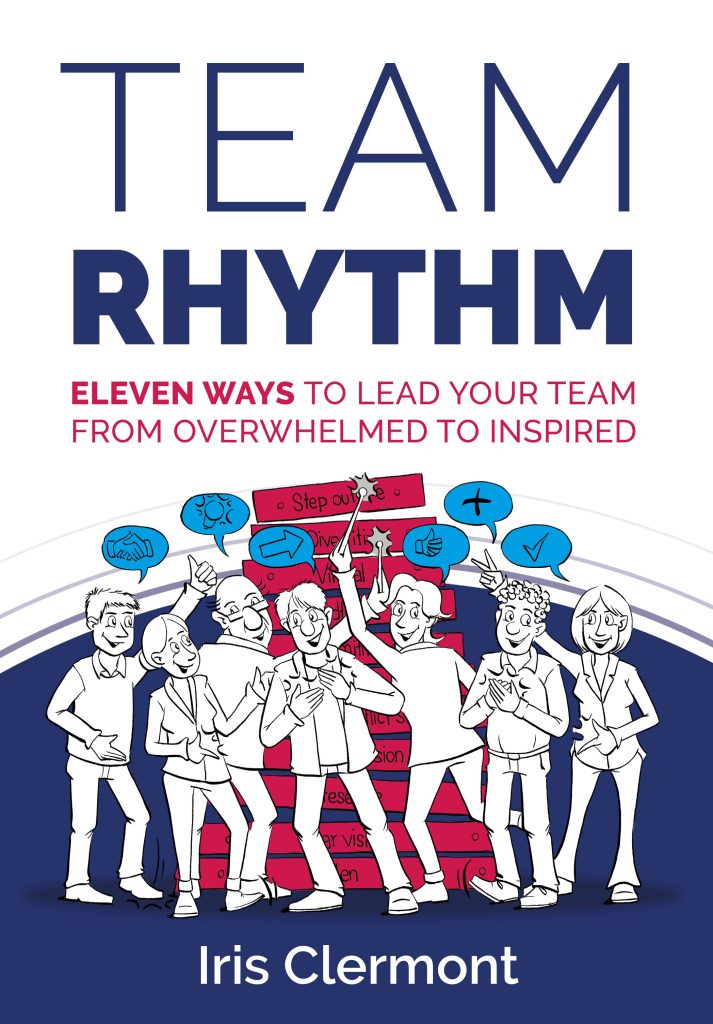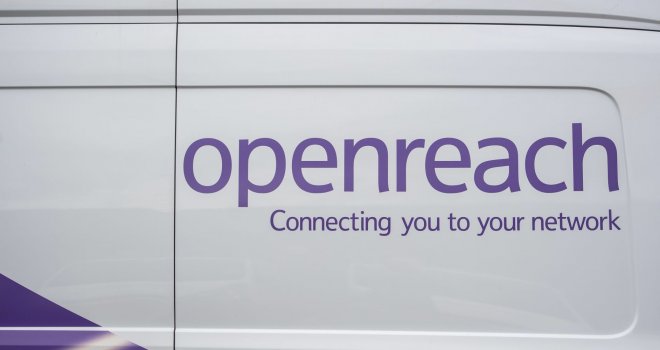Speeding Up Conflict Resolving: Sustaining And Holding The Blue Note

Every jazz band consists of diverse musicians. The lead singer enjoys the spotlight and the applause. Bassists prefer the safety of staying in the background and maintaining a synchronous rhythm for the band together with the drummer. Pianists and those playing instruments such as guitar, saxophone or trombone have the chance to present their abilities with a solo during the performance.
Similarly, diverse teams can take advantage of their differences, giving them the ability to work more efficiently, adding ideas from different perspectives and raising results. Groups of one gender from similar cultural, educational, religious and regional backgrounds with similar values, ages and strengths won’t be able to benefit from the positive impacts of diversity.
However, diversities are potential sources of conflict. One essential step in mitigating such disputes is carefully exploring the diversities in your teams and finding resolutions by asking pertinent questions.
How can team members best handle conflicts? What works well for this team? How can the team gain from existing diversities? Where are the individual boundaries each team member wants their colleagues to accept and respect?
Looking into the world of music, we see a similar effect to conflict in dissonance, a note that sounds out of tune with the chord and urges the musician to find a harmonic resolution. This dissonant ‘blue note’ stands in contradiction to the sound of the other tones of the chord.
Jazz musicians play blue notes deliberately so that the chord can fill the room. The listener ingests the jarring sound and is curious about the improvisation, assuming that each musician in the band is putting all they can – their experience, creativity and ideas – into their part of the music to develop the song to inspire the audience and lead to a standing ovation after the performance.
My observation of teams in business shows similarities to the concept of a blue note. Far from being negative, a jarring conflict shows a solid willingness to add value to the team and company results and successes.
Therefore, it is essential to see and appreciate each individual contribution, however much it may jar with ‘the way things are done’, not least because it provides strong motivation for every team member to be innovative.
Once you recognise the potential of conflicts to optimise diverse improvement ideas from different perspectives, you and your teams will find ways to manage conflict to come to an even better solution.
What can you take from the concept of blue notes as a leader or project manager? What can you incorporate into your daily business routines for your teams and organisations? I hope you will be inspired to create a great sound, atmosphere and synchronised rhythm, leading to motivated teams and applauding customers.
Conflict resolving Speed-up Method
In my previous business life, working as a proactive international project manager, I woke up every day with various new ideas to improve my projects. At the same time, I was taking care of my three young sons, who are grown up now and starting with their first job experiences.
During this time, I permanently crossed my work-life balance borders. I was driving towards getting my ideas realised with my project teams while diverse demands were knocking at my door. I felt overwhelmed and occasionally lost with all these outside demands and challenges.
What helped me develop my skills and become more effective was a programme on how to speed up conflict resolving, making my daily life much easier. Many of the best tools to help speed up conflict resolving were created by Judith Glaser.
The one I use the most is her dashboard. This helps conflicting parties to step back and look together from a distance at one clear picture of what’s going on, inspiring them to move from distrust to co-creation.
Often when we observe conflicts, we see the tip of the iceberg and miss the emotional complexity below the surface. The advantage of Judith Glaser’s dashboard is that colleagues in conflict are encouraged to look together at the whole picture.
Depending on where they think they are, they place dots to represent the emotional challenge they face within a team or with another team. On the left side is a mindset of ‘I’m right’ and distrust, in the centre is a ‘wait and a see’ mode and on the right is the co-creation area.
When looking at all the dots on the left-hand side, we naturally ask, ‘How can we get to the right-hand side? What needs to happen?’ From this place of questioning, it takes about thirty minutes to find the concrete resolution-oriented actions required to achieve and maintain a more effective right-hand area in future.
Instead of blaming others and feeling stressed about proving that we are right and they are wrong, we listen to everyone’s perspectives and strive to understand them.
It is certainly worth looking at how to speed up conflict resolution or prevent conflicts upfront to raise efficiency – maybe the blue note can inspire you too.
This is an adapted extract of Team Rhythm by Iris Clermont.
About the author
Iris Clermont is an Executive Coach, author and professional mathematician. She holds certifications from Team Coaching International and Conversational Intelligence, and a Professional Accreditation from the International Coaching Federation. Iris’ mission is to motivate teams to work effectively and be solution-orientated and creative, while having fun and gaining energy from their business life for their private life and vice versa. With experience in a range of business consultancy and coaching roles, she has been living her passion over the last three decades in twenty countries worldwide.





